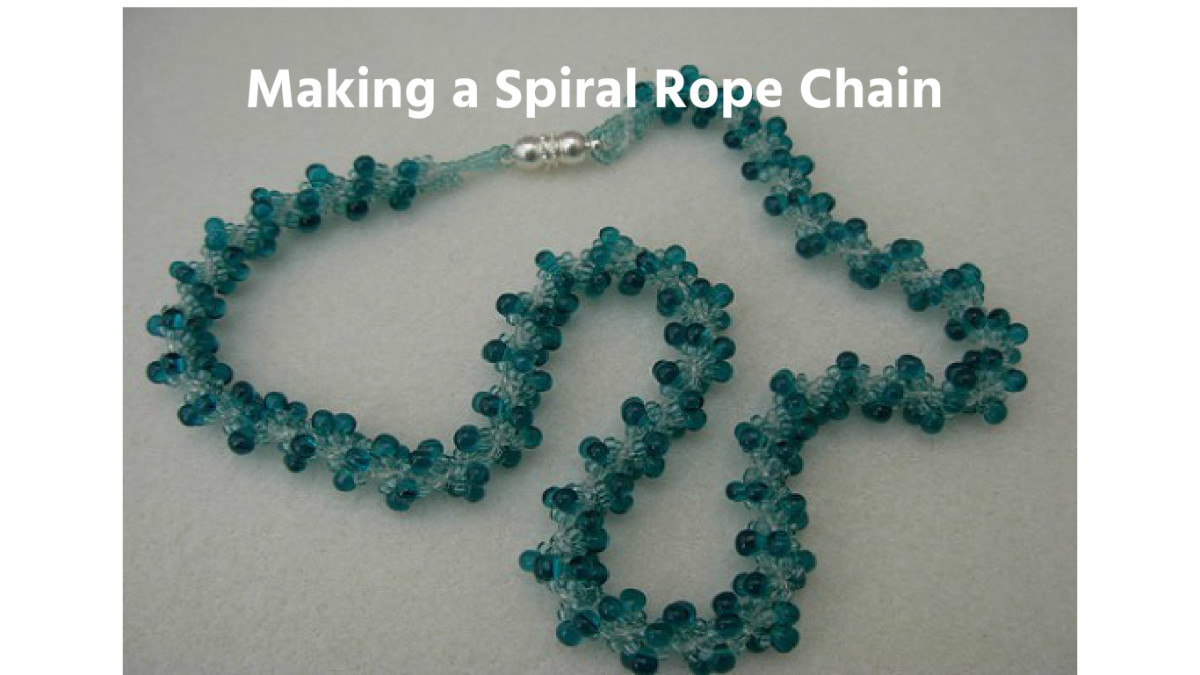How to Tie a Reef Knot or Square Knot
When To Use a Square Knot
Many people know how to tie a square knot, also called a reef knot, but they still aren't quite sure when it's appropriate to use this knot in practice.
A square knot is a binding knot that is used to tie the loose ends of two pieces of rope together. It is not the strongest knot to do this job, but it is a very simple knot to learn and apply, which has made it a popular choice.
The reef or square knot should be used to tie a rope around an object. For example, if a box with a top and a bottom were to be tied closed with a rope or cord using a square knot, it would be a practical application of the knot. The key to this fact is that both ends of the rope will continue to be pulled by the package they surround.
A square knot is strong only when this pressure remains. If the rope is allowed to have slack, the knot can weaken or fail.
When to Avoid a Square Knot
A square knot is not a good idea for tying two ropes together, when those ropes will not be set against an object, or when slack is possible.
A good example of a poor use of this knot would be to tie two lines together to hold a boat at dock. Since the waves will cause the boat to bounce, which will cause the joined ropes to move back and forth, the square knot would quickly loosen and eventually fail.
How to Tie a Square Knot
A square knot is very easy to learn and remember. To tie a perfect square knot, simply follow these easy steps:
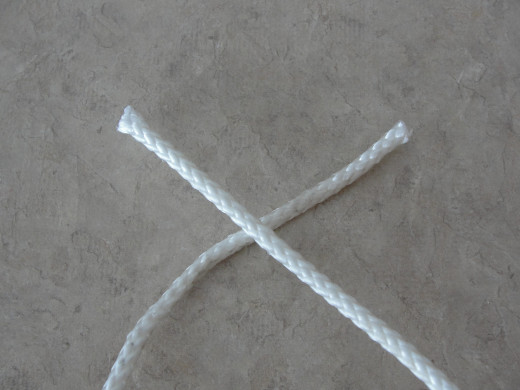
Step 1: Set Rope Ends Together
To begin, bring the two ends of rope together with an equal length of each rope extending past the junction point.
Leave enough rope past this point to tie the knot. Unless the rope is very thick, a couple of inches will usually do.
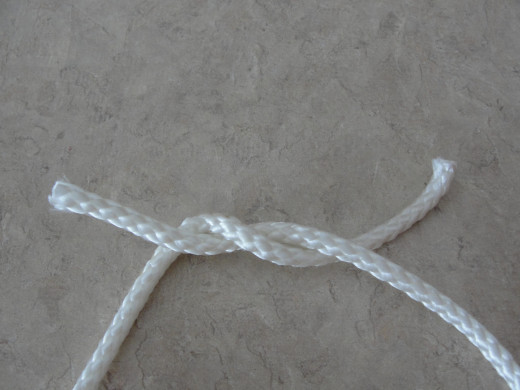
Step 2: Make the First Half-Knot
This step is very easy and everyone tends to get it right. Simply tie a half-knot in the rope much like you would when tying shoelaces together.
Remember to keep enough rope on each end to complete the knot and have at least and inch or more of rope extending past the finished product.
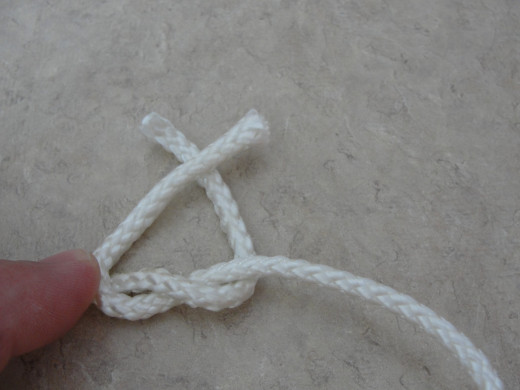
Step 3: Tie an Opposite Half-Knot
Now bring the ropes back together, but this time reverse the order. If you went right over left in the first step, use a left over right approach in this part of the knot.
By reversing the order of which rope is on top you will end with the desired square knot.
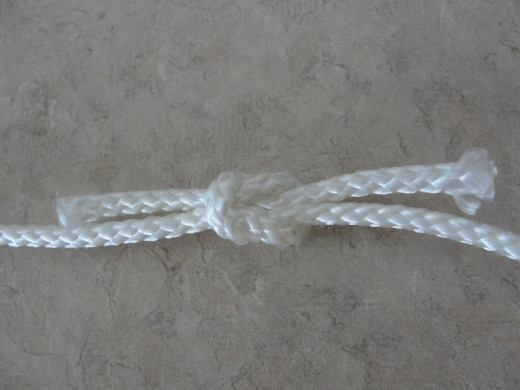
Step 4: Tighten the Square Knot
Once you have the last half-knot tied, pull the entire knot tight.
You will know that the proper reef knot has been tied because the ends will look symmetrical. In other words, notice in this picture how both ends on the left go under the loop and both ends on the right go over the loop.
Best Rope for Square Knots
There are many types of rope, but some are stronger than others. Depending on why you are tying a knot in the first place, the type of rope used can make a big difference.
Polyester is used frequently because it performs well in so many applications. It is durable, strong, rot resistant, U.V. resistant, and it is easy to store and lasts a long time. This is among the best rope choices you can make.
Natural fiber ropes are traditional, but they do suffer when repeatedly wet, and they are not as resistant to abrasions. Hemp rope is one of the best, with cotton trailing just behind.
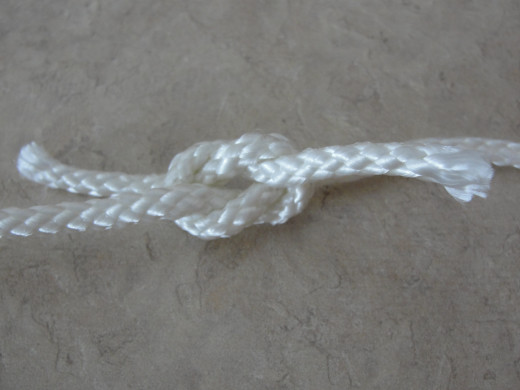
Square Knot vs. Granny Knot
When many people attempt to tie a square knot, they end up with a granny knot instead. The difference between the two is very small but, in strength, the square knot is superior.
Remember, to tie a proper square knot, tie the second half-knot in the opposite manner that you tied the first. If you started with right over left on the first, use left over right on the second.
A granny knot is when you repeat the same pattern, a natural thing to do for most people. So, if you tie right over right both times, a granny knot is the result. It's easy to tell the difference, since the granny knot will not have the two rope ends together on the left and right. See in the image here how a granny knot looks when done.
Knot
| How It's Tied
|
|---|---|
Square Knot
| right over left, then left over right OR left over right, then right over left
|
Granny Knot
| right over right, then right over right OR left over left, then left over left
|
Sealing Rope Ends
When a natural rope is cut, the end can be sealed by tying and taping the end. To do this, tape the end before you make a new cut to prevent fraying of rope. Just use a sticky tape that will stay put, tape the spot that you are going to cut, and cut in the middle of the tape section.
With synthetic fiber rope, heat is usually applied to melt the ends to prevent future fraying. This is as simple as using a match or lighter to slowly and carefully heat the rope ends until the fibers melt together. Let it cool in a safe place and you're all set.
Learning New Knots
It's a good idea to have an inventory of knots in your head for when you really need them. Now that you know how to tie a square knot and how simple this knot really is, you have a new option available.
Remember, use it only when the ropes will remain taut and tie it correctly to avoid a granny knot, and you can use this technique with confidence.






